Our Technology
For some patients, details regarding gadgets and gizmos can be confusing. For others, it is irrelevant. However, some patients love the technical details and relish the minutiae. This page is for those patients that want to know more about the technology offered at Focal Point Vision.
Another note regarding the technology used in ophthalmology: Many of our colleagues use technology-related jargon to differentiate themselves in a crowded field. For example: if LASIK is good, is Z-LASIK better?
In reality, there is no difference. Z-LASIK is done with a laser from the company Ziemer (hence the Z), and LASIK is done with a laser from the company J&J Vision. The procedures are identical.
At Focal Point Vision, we do not use technology to confuse our patients. Below, you will find a list of our surgical and diagnostic equipment, along with a description of what they do in layman’s terms.
Technology Used in Cataract Surgery
LENSAR Femtosecond Laser
This is the same type of laser used in LASIK, but it is used in a different way. Prior to the removal of the cloudy cataract lens, your surgeon docks the LENSAR and uses it to make bladeless corneal incisions to reduce astigmatism. The laser then “unroofs” the cataract and softens it so that it can be removed more easily. The goal of this technology is to correct astigmatism more precisely than with a blade, reduce the amount of ultrasound energy needed to remove the cataract, and center the new artificial lens as accurately as possible.
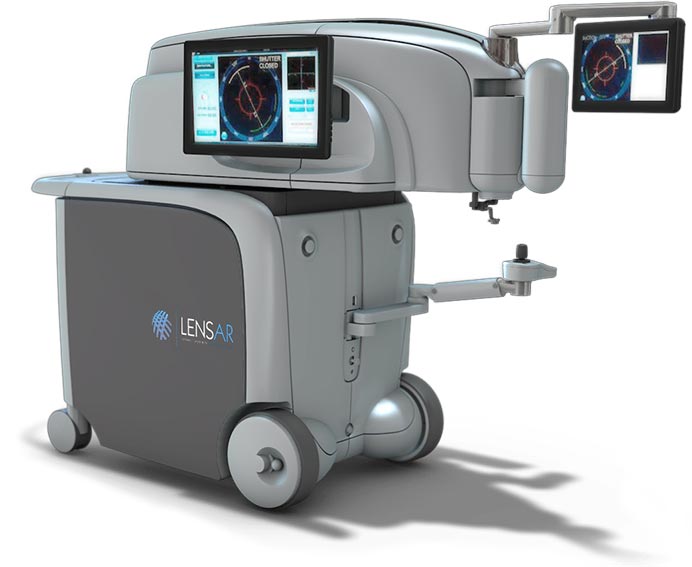
Light Adjustable Lens, Odyssey, Toric, and Multifocal Intraocular Lenses
These are the different types of IOLs, or intraocular lenses, that can be implanted during cataract surgery. Many patients ask us if we have to place a new lens during cataract surgery, and the answer is always “yes!” Cataract surgery involves removal of the cloudy, natural lens and placement of a permanent, artificial lens. Please see the laser cataract surgery section of our website for a discussion of the different types of IOLs. Drs. Maverick and Lehmann have experience with ALL types of intraocular lenses and will help you decide which one is best for your needs.
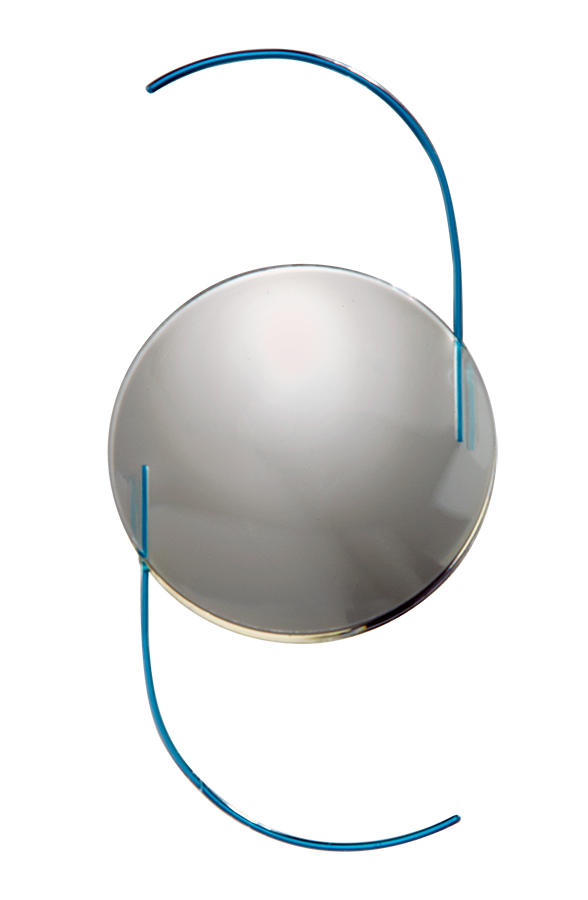
Light Adjustable Lens
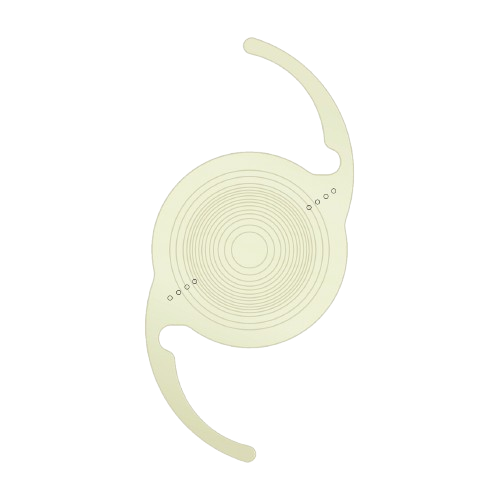
Odyssey
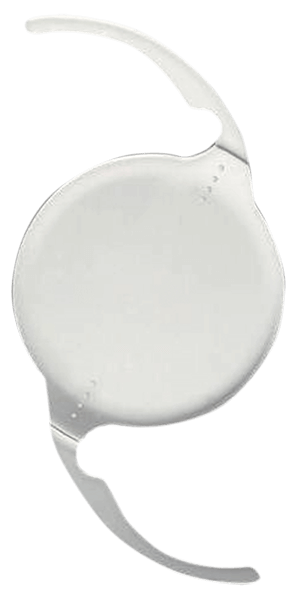
Toric (Astigmatism Correcting)
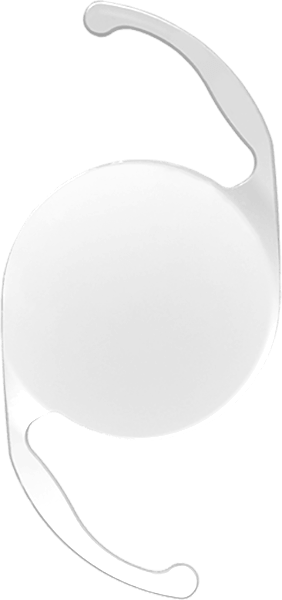
Monofocal (Single Vision)
Technology Used During LASIK
iFS® by Intralase
LASIK takes part in two stages. The first part involves the creation of a very thin flap; in the past, this was done with a blade called a microkeratome. The use of a laser such as the Intralase iFS makes this step much safer and more precise. With this device, we are able to create reproducible, beveled flaps in about 10 seconds!
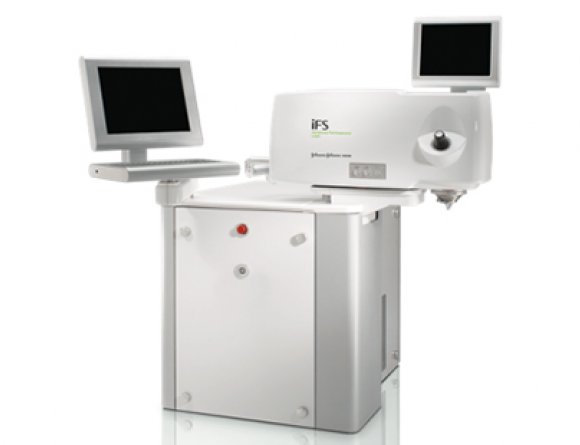
Visx S4 + iDesign
This is the laser that performs the second part of LASIK surgery, the reshaping of the cornea. We utilize infrared cameras to “lock” on to your pupil and center the treatment. The iDesign is the latest and greatest wavefront aberrometer that is used to plan the LASIK treatment.

Diagnostic Equipment
Marco 3-D Wave
This device helps us to measure a patient’s refractive error, or “what their prescription is.” However, it also does much more! It can measure higher-order aberrations, which are visual disturbances that include halos, ghost images, and streaks of light, all of which can bother patients and can be difficult to detect with normal equipment.
Visante Anterior Chamber OCT
This technology can perform precise measurements of the front part of the eye, the iris and cornea. It helps us to measure patients for surgery and detect glaucoma.
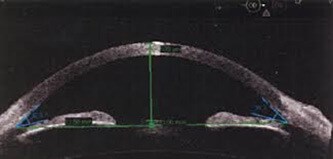
Cirrus HD-OCT
This technology is so important that we have one at each office! It gives us high-resolution images of the posterior part of the eye, the retina, and the optic nerve. We use it to detect retinal problems and glaucoma.
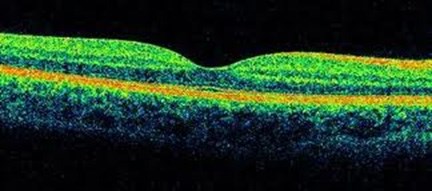
Lumenis Select II Laser
This machine is used to perform SLT, or Selective Laser Trabeculoplasty, a procedure used to treat high pressure in the eye. SLT is a painless procedure that takes 10 to 15 minutes and is used on open-angle glaucoma patients to lower the pressure.
NIDEK Confocal Microscope
We are especially proud of this machine, the only one in South Texas. It is a “living microscope” that we use to image the cornea and look for rare dystrophies and infections. Many patients are referred to our practice suffering from corneal ulcers, and this machine helps us to diagnose and treat these dangerous infections.
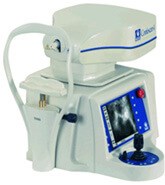
Confocal Microscope by NIDEK
We are especially proud of this device, the only one in South Texas. It is a “living microscope” that we use to image the cornea and look for rare dystrophies and infections. Many patients are referred to our practice suffering from corneal ulcers, and this technology helps us to diagnose and treat these dangerous infections.
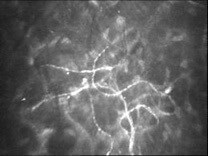
More Information
To learn more about Focal Point Vision, or to schedule an appointment, please contact us today!
